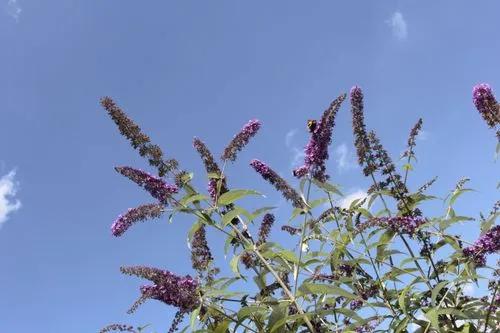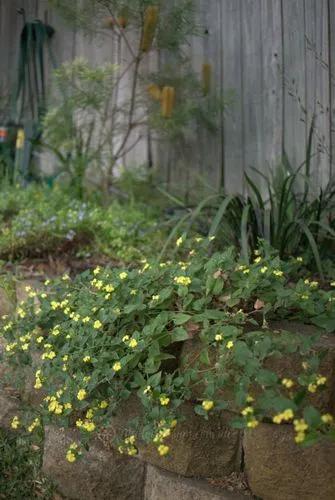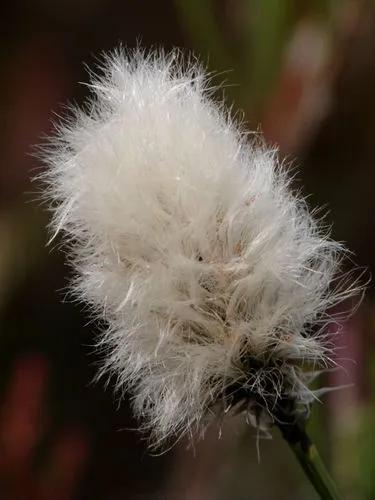Pyrus cordata, the Plymouth pear, is a rare wild species of pear belonging to the family Rosaceae. It gets its name from the city of Plymouth in Devon, where it was originally found in 1870. The Plymouth pear was one the British trees to be funded under English Natures Species Recovery Programme.
Plymouth Pear Care
Pyrus Cordata



Pyrus cordata is a deciduous shrub or small tree growing up to 10 metres in height. It is hardy and is not frost tender, but its ability to bear fruit and thus seed is dependent upon favourable weather conditions. It is in flower from April to May.
The flowers are hermaphrodite and are pollinated by Insects. The trees have pale cream blossom with some pink. The smell of the blossom has however been described as a faint but disgusting smell compared to rotting scampi, soiled sheets or wet carpets. The odour attracts mainly flies including some more often drawn to decaying plant matter such as Bibio marci. It is common in Brittany, Northern Portugal and Galicia where it occurs at woodland margins on acid soils.
How to Care for the Plant

Popularity

5 people already have this plant 2 people have added this plant to their wishlists
Discover more plants with the list below
Popular articles






